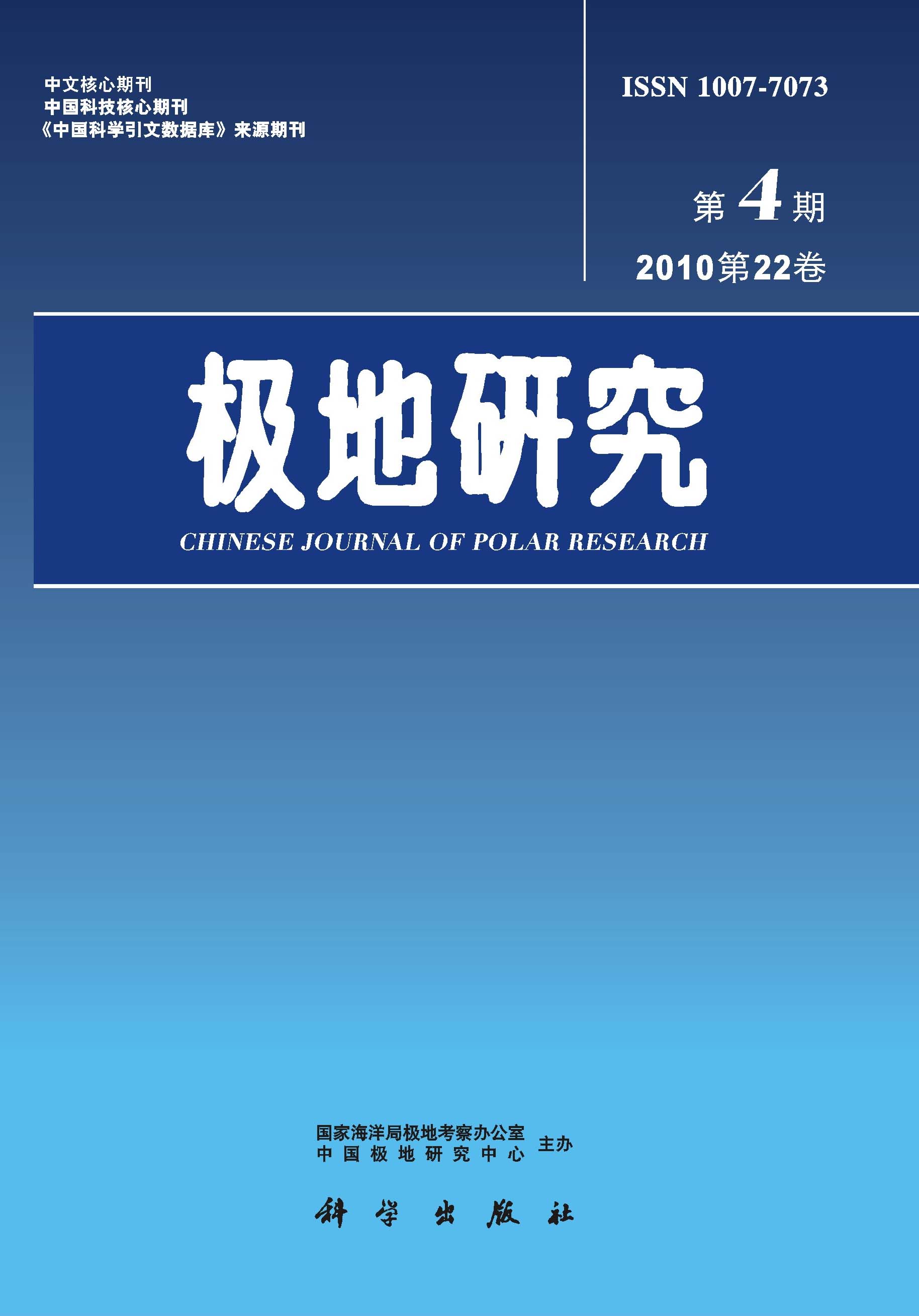This paper deals systematicaly with the volcanic geology, the petrological characteristics and the formation and evolution of the Tertiary volcanic rocks from the Fildes Peninsula, King George Island, West Antarctica, in basis of the great amount of feild investigations and laboratory works by Chinese geologists since 1984, when the Great Wall Station had been build up. The Tertiary volcanic rocks in Fildes Peninsula has been subdevided into 2 litho-stratigraphic formations, the Great Wall Formation and the Fossil Formation, and 4 members by authors considering the geological, isotope chronological and petrological evidences. The Great Wall Formation (GWF) including Jasper Hill Member (JM) and Agate Beach Member (AM) consists of mainly lavas and breccias. At the lower part of the JHM some agglomerates have been found that shows the beginning of the first stage of the volcanic activity. The Fossil Formation (FF) composes of two members also. The Fossil Hill Member (FM) is of tuffaceous sandstone, conglomerate, plant-bearing tuffaceous, siltstone and tuffaceous mudstone. The upper member of FF is Block Hill Member (BM) with agglomerate, breccia and some lavas. The following facts can be considered as the evidences to subdivided the Tertiary volcanic strata in Fildes Peninsula. 1. The unconformity between the strata of AM and that of FM shows that there was a long time break of the volcanic activities in the peninsula. 2. The plant fossils found in tuffaceous siltstone of FM indicate that the eruptive gap between AM and FM persisted a long period. 3. The results of researches on plant fossils, spores and pollens fully prove that FM was formed in early Tertiary, most probablely in Eocene to Oligocene. 4. The isotope chronological data basically suggested that the volcanic rocks on the Fildes peninsula as a whole to be Tertiary. However, the age ranges of GWF are Paleocene to Oligocene and the FF from Eocene to the early Miocene. The eruptive centers in the peninsula were gradually migrating from the western coast to the eastern and the subvolcanic intrusives were regularly distributed along a series of NWW-SEE trending faults. All of these were formed in two stages of volcanic activities from Paleocene to Eocene, perhaps to the early Miocene. The rocks on the peninsula are mainly high-Al basalt and basaitic andesite, as well as andesit and dacite. The plagioclase phenocrystals of high-Al basalt and basaltic andesite lava have a component rather basic. The positive and cyclothemic zonal structure is well developed, and the An content in the central part of plagioclase phenocrystals is almost over 80% and decreases towards the matrix. The porphyritic plagioclascs of andesite and dacite are mainly labrador to andesine. The clinopyroxene in rocks are mainly augite, only a few diopside and Mg-diopside. The compositions of the rare or-thopyroxene in rocks vary from bronzite in basalt and basaltic andcsite to augite brozite in subvolcanic rocks. The olivines are almost iddingsited, which are classified to Mg-lich chrysolite. The rock association, basalte, basaltic andesite, andesite and dacite belonges to a calc-alkaline series and are the typical products of island-arc volcanism. The rocks are chemically richer in CaO(>7 wt%)and A12O3 (usually over 17wt%)contents. The lower K2O content and K2O/Na2O ratio, the higher total FeO comparing with typical calc-alcaline basalt, however, indicate that they have some tholeiitic characteristics. Considering the rock association as whole we can found the MgO, CaO and Al2O3 contents decreasing and K2O content and K2O/Na2O ratio obviously increasing with increasing SiO2 concentraction. The sharp depletion of transitional metal elements, Cr and Ni, in basalts shows a fractional effect. The decreasing plagioclase phenocrysts and Cr, V concentrasion, the unchangible cotent of Ni, and the decreasing of Ba, Sr relative concentration from basaltic to dacitic rocks indicate that the evolution of this rock association has been mainly controled by the fractional of plagioclase and clin

